- News
- Reviews
- Bikes
- Accessories
- Accessories - misc
- Computer mounts
- Bags
- Bar ends
- Bike bags & cases
- Bottle cages
- Bottles
- Cameras
- Car racks
- Child seats
- Computers
- Glasses
- GPS units
- Helmets
- Lights - front
- Lights - rear
- Lights - sets
- Locks
- Mirrors
- Mudguards
- Racks
- Pumps & CO2 inflators
- Puncture kits
- Reflectives
- Smart watches
- Stands and racks
- Trailers
- Clothing
- Components
- Bar tape & grips
- Bottom brackets
- Brake & gear cables
- Brake & STI levers
- Brake pads & spares
- Brakes
- Cassettes & freewheels
- Chains
- Chainsets & chainrings
- Derailleurs - front
- Derailleurs - rear
- Forks
- Gear levers & shifters
- Groupsets
- Handlebars & extensions
- Headsets
- Hubs
- Inner tubes
- Pedals
- Quick releases & skewers
- Saddles
- Seatposts
- Stems
- Wheels
- Tyres
- Health, fitness and nutrition
- Tools and workshop
- Miscellaneous
- Tubeless valves
- Buyers Guides
- Features
- Forum
- Recommends
- Podcast
review
£99.99
VERDICT:
Looks good and performs well, being comfortable, a good weight for the money, and with decent ventilation
Weight:
267g
Contact:
At road.cc every product is thoroughly tested for as long as it takes to get a proper insight into how well it works. Our reviewers are experienced cyclists that we trust to be objective. While we strive to ensure that opinions expressed are backed up by facts, reviews are by their nature an informed opinion, not a definitive verdict. We don't intentionally try to break anything (except locks) but we do try to look for weak points in any design. The overall score is not just an average of the other scores: it reflects both a product's function and value – with value determined by how a product compares with items of similar spec, quality, and price.
What the road.cc scores meanGood scores are more common than bad, because fortunately good products are more common than bad.
- Exceptional
- Excellent
- Very Good
- Good
- Quite good
- Average
- Not so good
- Poor
- Bad
- Appalling
The Sweet Protection Outrider is a good looking, comfortable and relatively well-ventilated helmet for the money.
- Pros: Looks, ventilation, strap design
- Cons: Could be more adjustable for those with smaller heads/bigger ears
The Outrider sits below the Falconer in Sweet Protection's two-model range of road helmets, with four variations on offer: with and without Mips for men, and with and without Mips for women.
Sweet Protection has worked across many different sports for the past 30 years and has built a really effective retention system with its Occigrip dial. This controls bands that run from the back of your head to the temples, meaning that tightening runs around most of the head rather than just at the back. It is pretty small compared to many other helmets, so less likely to be annoying on the back of your head. The dial also allows small increments of adjustment, so it's easier to find the right fit.
Helping with comfort are the pads, which have a medium depth but more density than many others I have used. This combination means the helmet can sit closer to the head to improve fit, while still providing a decent level of comfort.
Another nice touch is the way the straps have been built, with two different elements, a bit like Specialized's 'Tri-Fix splitters', but adjustable. I found this worked really well as it basically nullified any twisting, but because you can only adjust the clips by a couple of inches, it might not be quite so good for those with smaller heads or bigger ears.
Ventilation is fairly good, although this is one area where you can really notice the difference between a mid-price helmet and a really high-end one. It is slightly better than others I have used in this price bracket, though; I used it on some of the hottest days of the year and didn't ever find myself wishing I was wearing something with more ventilation.
Weight is pretty good for a helmet in this price bracket, too – 267g isn't far off the Salice Ghibli, which Stu noted was impressive at 255g; by comparison, the Smith Portal weighs 309g.
It's around the same price as both those (the same as the Salice and a fiver more than the Smith), comparable in most respects and better in some, such as head retention and – subjectively – looks. (It's available in four other colours if this doesn't do it for you.)
> Buyer's Guide: Cycling helmets – everything you need to know
Overall, I was impressed with this helmet. It looks really good, is well priced, has decent ventilation and is very comfortable. There's little not to like, although those with larger ears or smaller heads might not get on so well with the straps.
Verdict
Looks good and performs well, being comfortable, a good weight for the money, and with decent ventilation
road.cc test report
Make and model: Sweet Protection Outrider Helmet
Size tested: Medium
Tell us what the product is for and who it's aimed at. What do the manufacturers say about it? How does that compare to your own feelings about it?
Sweet Protection says, "A sleek, do-it-all road helmet, the Outrider uses impact technology inherited from the high-end models. This means low weight and great ventilation all in a compact shaped value-for-money package."
Rate the product for quality of construction:
8/10
Rate the product for performance:
8/10
Performed really well; decent ventilation and fit help to keep it comfortable.
Rate the product for durability:
8/10
Seems well made and likely to last.
Rate the product for weight (if applicable)
8/10
Good weight for a helmet in this price bracket, with similarly priced helmets coming in heavier.
Rate the product for comfort (if applicable)
7/10
Good comfort thanks to well-designed pads and decent ventilation.
Rate the product for value:
6/10
Pretty good value for a fairly lightweight and comfortable helmet.
Tell us how the product performed overall when used for its designed purpose
It performed well, offering relatively good ventilation, decent fit, and good looks.
Tell us what you particularly liked about the product
I really liked its looks combined with the performance. You could happily wear this without looking like a faux-pro while still getting the benefits of its performance elements.
Tell us what you particularly disliked about the product
It would be good to have a little more adjustability in the straps for people with smaller heads/bigger ears.
How does the price compare to that of similar products in the market, including ones recently tested on road.cc?
The Salice Ghibli comes in at the same price and the Smith Portal is £5 cheaper, both of which offer roughly the same kind of performance.
Did you enjoy using the product? Yes
Would you consider buying the product? Yes
Would you recommend the product to a friend? Yes
Use this box to explain your overall score
It's a decent weight for the money and ventilation is pretty good. It would perhaps be nice to have more adjustability in the straps for those with smaller heads or larger ears, but really that's nitpicking what is otherwise a very good helmet.
About the tester
Age: 29
I usually ride: Cinelli Gazzetta My best bike is: Cannondale Supersix Evo
I've been riding for: Under 5 years I ride: Every day I would class myself as: Expert
I regularly do the following types of riding: commuting, club rides, sportives, general fitness riding, fixed/singlespeed, mountain biking
George is the host of the road.cc podcast and has been writing for road.cc since 2014. He has reviewed everything from a saddle with a shark fin through to a set of glasses with a HUD and everything in between.
Although, ironically, spending more time writing and talking about cycling than on the bike nowadays, he still manages to do a couple of decent rides every week on his ever changing number of bikes.
Latest Comments
- mark1a 2 sec ago
Interesting point ref processing resources. Just yesterday I had a phone call from an actual Op Snap review team member. I've spent a few years...
- KiwiMike 58 min 43 sec ago
Maybe it will get tested, and we'll know for sure.
- stonojnr 1 hour 33 min ago
the contrast with how this close pass was dealt with by the magistrates, and the story from the live blog about how 5 close passes were dealt with...
- andystow 2 hours 37 min ago
This morning's commute was -10 °F / -23 °C. I doubt the relative humidity is really that low. The dew point might be -30 °C, but that's still 30%...
- lonpfrb 2 hours 44 min ago
IC confirmation bias at it's finest, and not the facts of the matter IMHO.
- lonpfrb 2 hours 47 min ago
Not always as the ML models can be provided already trained for reuse, thus avoiding the training process where that 'I' is required because it's...
- Sriracha 3 hours 39 min ago
I thought bikes for general use had a shorter reach and a higher stack, compared to pro-race machines which have a longer reach over a lower stack....
- ErnieC 4 hours 17 min ago
Exactly. I wonder why so many are OK with UAE and Bahrain competing when clearly they should not be there.









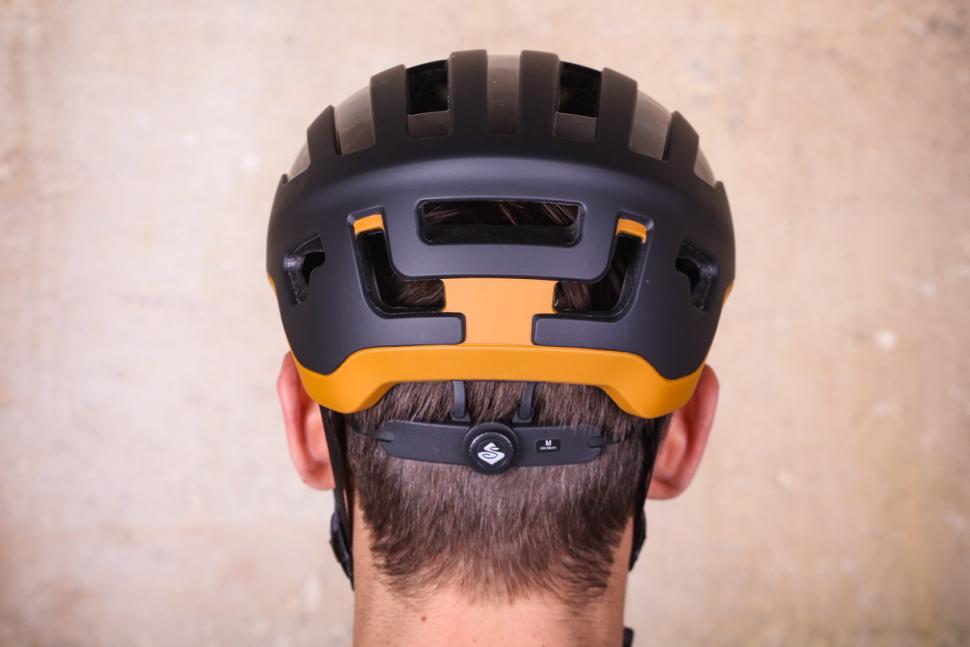
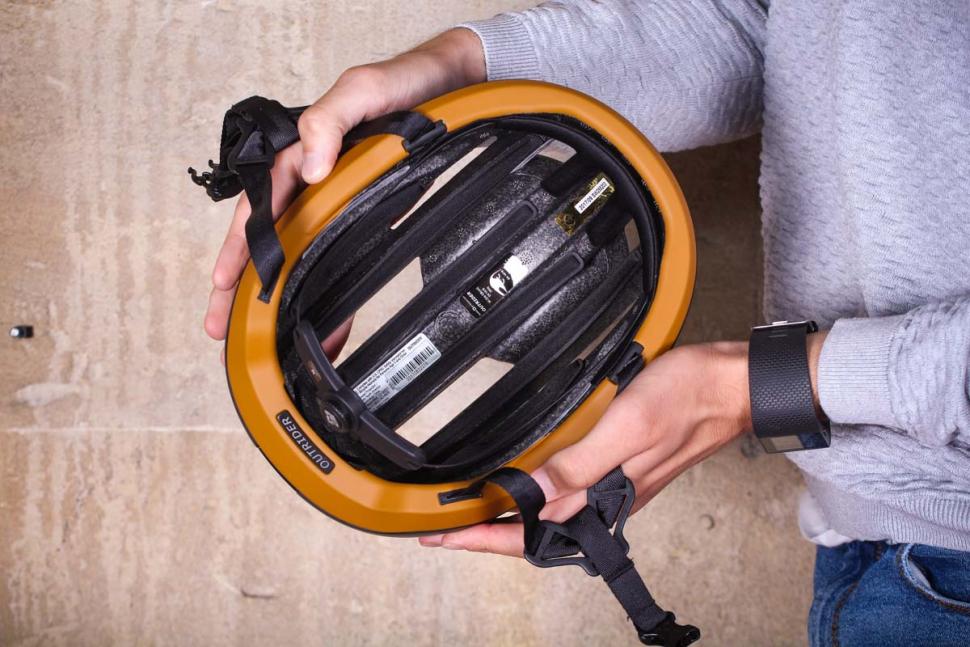
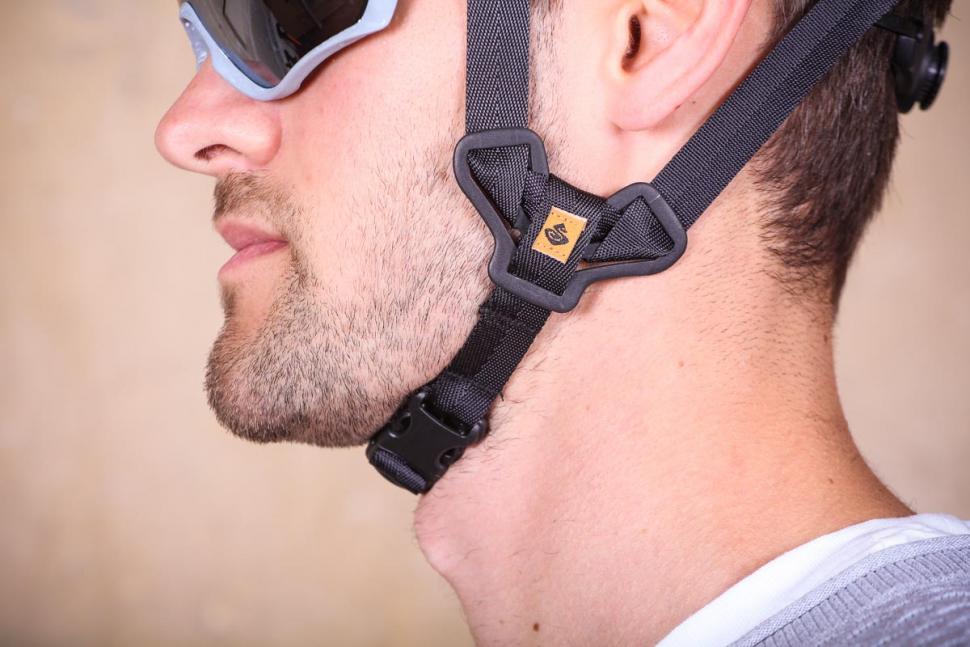
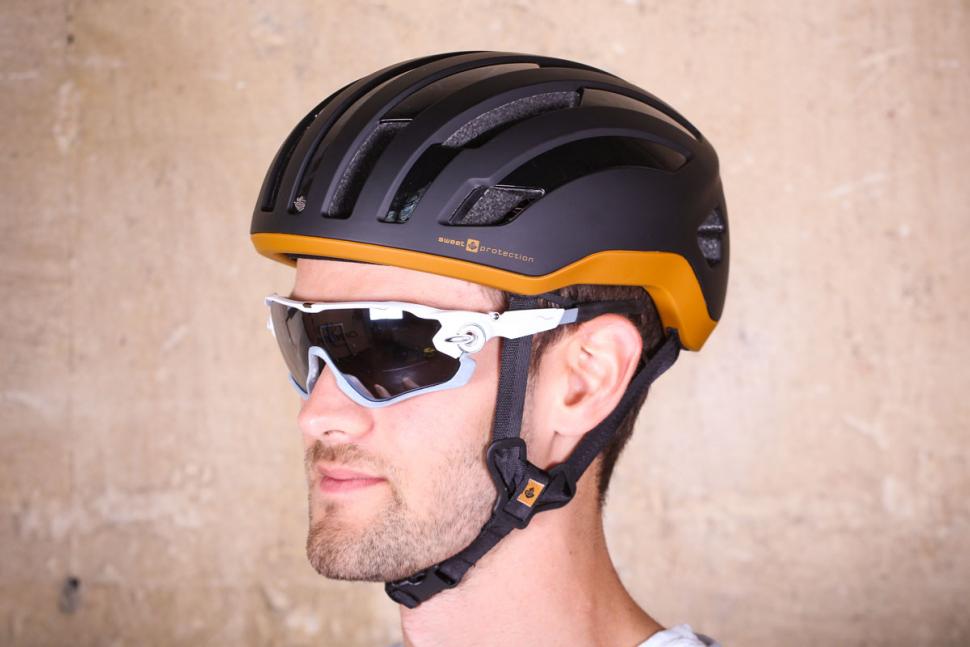
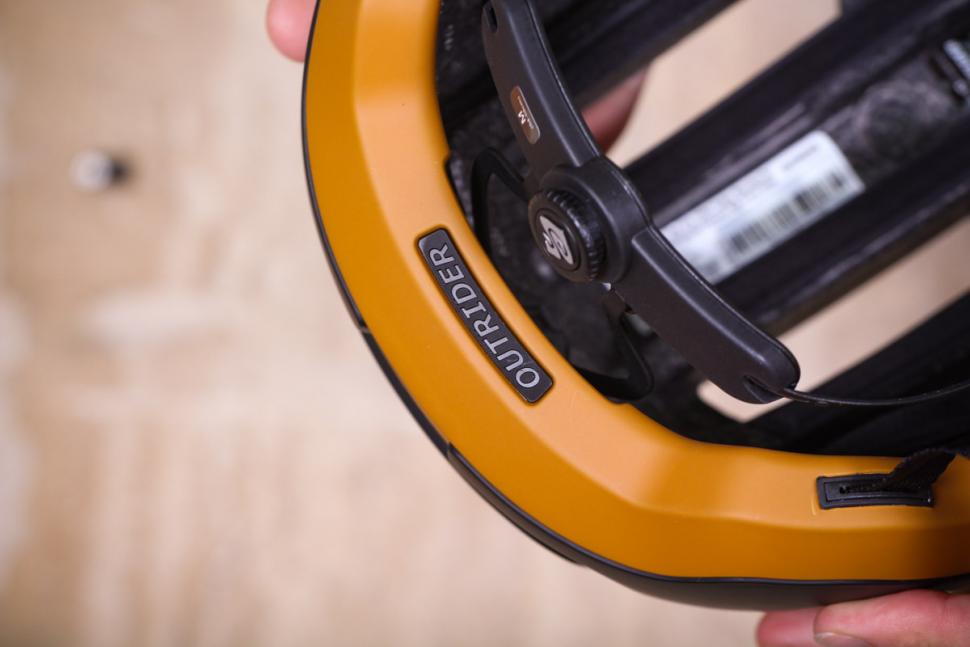
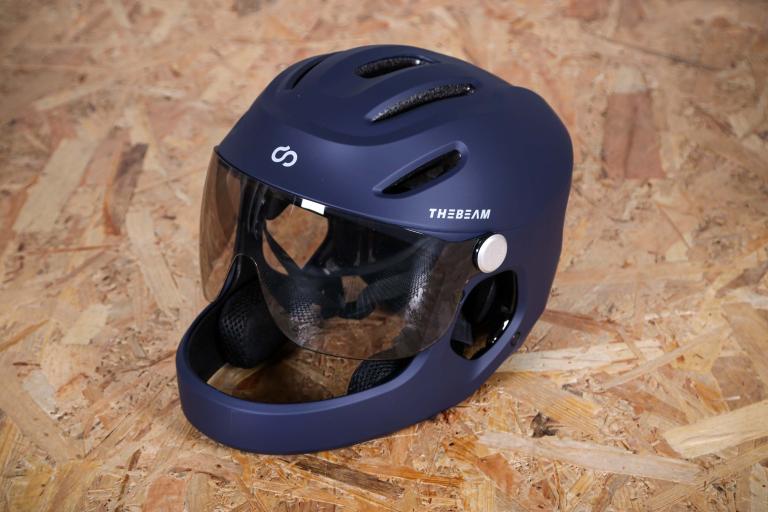
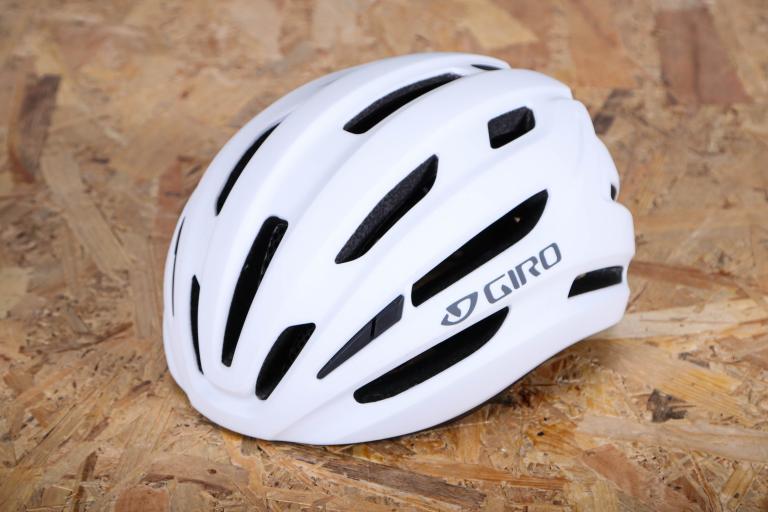
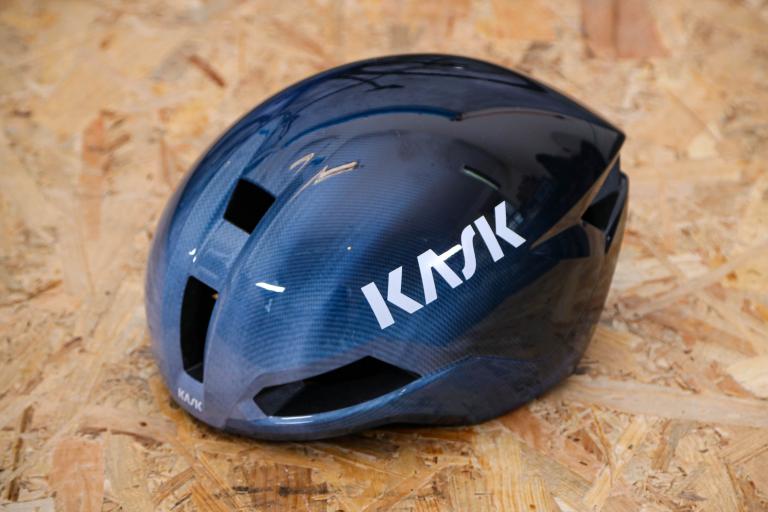
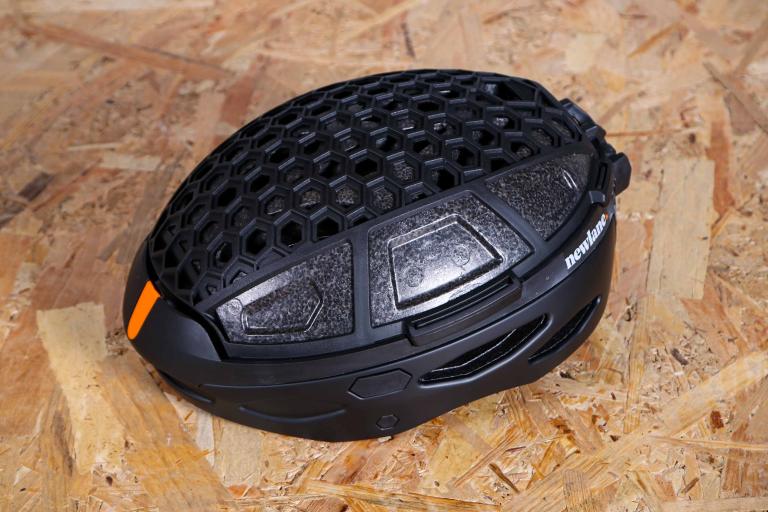
Add new comment
23 comments
Here's the thing. Today I was in a race, and a guy up in front of me hit a bump, clipped the wheel of the guy in front of him and went down at about 40 mph. He largely fell sideways, struk his head on the road and then slid some distance with his helmet rubbing hard against the road, and thenhe rolled till he was face down and scraped face first along the coarse chip road. He seemed also to have been knocked out for the duration of his fairly lengthy slide. When he came to rest, with a broken shouder, his helmet was deeply grooved and scored from the abrasion on the road. His nose and chin required a number of stitches, but his scalp was entirely intact. I was close enough to see the effect of the crash in detail. Had he not been wearing a helmet his scalp would have got the same treatment as his face and would have required a huge number of stitches.
How about instead of saying helmets are for safety (whatever that might be) how about we concede they're about injury reduction.... reducing the severity and incidence of injury? I have had a number of offs where my helmet has sustained damage that would have almost certainly been evident in my skin had I not been wearing a 'plastic lid'.
Indeed, the times a helmet has been most useful (thus far....) rash events and slides, branches while mountian biking, headbutting a car in frustration, once I fell off and hit my head on the chainstay as I descended and saved myself a bruise.... it's a multi-modal micro-medium impact device. I do recall wearing those hair net helmets when racing in the 80s, now that was a waste of time and just kept the parents vaguely happy.
Just another reveiw in which road cc colaborates with the implication that this "funny hat" has implications for safety.
This implication (in the absence of peer reviewed evidence) is contrary to the trade description act. I hope road cc will qualify this illegal over sight and point out that it is merely a hat for the paranoid and neurotic.
After all if you are really concerned on an evidenced basis with preventing head injuries you will without fail wear an approved - such as motorcycle helmet - in the bath or shower and without doubt when riding in a motor vehicle, which are both far more dangerous than cycling.
I don't think Road.cc is the main problem here. A lot of cyclists wear helmets, so it makes sense to review them and as far as I can remember, the safety claims are usually straight from the manufacturer.
The real problem is with other "news" websites pushing helmet propaganda *cough*BBC*cough* and pretending that helmets are a solution.
Disclaimer: I wear a helmet whilst cycling for noise reduction (from the wife).
The Spokesmen podcast with Carlton Reid and Jim Moss (ASTM, cycling helmet standards comittee) is very enlightening:
http://www.the-spokesmen.com/?p=937
Missed a trick here - should have called it 'Swede Protection'
(Yes I know that's the name of the brand, not the model...)
The point that many cyclists use helmets, allied to the other point that magazines don't have the facilities to test safety-provision, do go some way to justifying a review looking at what can be measured - weight, comfort, et al. But ...
The effect of this position is to passively recommend a product that probably doesn't function to provide it's primary (indeed only) purpose. If you can't measure, judge or otherwise test this singular and primary function, why publish a review at all? It's like publishing a review of a wheelset or tyre soley to describe how nice it looks or how much it weighs without providing any information about whether it works properly as a wheel or a tyre.
And if it's true, as you say, that manufacturers themselves don't claim any significant safety function of the helmet for fear of being sued when they fail to protect, why does anyone buy one? (I believe the short answer is "fashion").
My point is that you are, in practice, recommending what is supposedly a functional item when you have no idea if it actually functions. The recommendations to buy or not use criteria that aren't so much irrelevant as insignificant compared to that supposed primary function.
There's also a case that you're recommending what is, in effect, an item that functions to produce exactly the opposite effect of that it's supposed to. If helmet use encourages more risk taking and associated head injuries, especially amongst those already risk-avid, that makes it not just unfit for purpose but dangerous. Shouldn't you at least point this out in every review?
Cugel
Some excellent points John, I would however say that this part
also slightly misses the point that a number of helmet manufacturers conduct internal testing that covers a greater configuration space than the standards do. It is also a bit simplistic to say shock absorption is "meaningless" - it isn't, but it's certainly nowhere near the whole story.
Feel free to not read the reviews, or at least read them based on the assumption that helmets work. After all, why read a review for something you’ve already decided you don’t need?
'read them based on the assumption they work' - there are differing degrees of 'working'. ;-)MIPS helmets have been shown to be more effective and in the only study I've seen with an increased requirement for protection have consistently scored higher.
Maybe I was reading the review to see if a MIPS version was available or if there was an innovative technological advance employed to improve the protection offered and some background data backing up the claim.
'already decided you don't need' - but maybe if helmet developement was driven by the protection they offered and this improved as a result of the focus put on it in reviews more non helmet wearers may change their minds and become helmet wearers?
I think it's completely unreasonable to expect every website/magazine that reviews helmets to put them through extensive collision testing.
You wouldn't expect every car magazine to deliberately crash each car they review multiple times to check the airbags.
There is unfortunately only limited independent testing available but it is beyond the resources of most cycling websites to produce their own collision testing so they are restricted to commenting on the things they can test eg 'how it looks, feels, ventilates and weighs'.
If you're really not interested in buying a helmet then save yourself the bother and don't read the review.
LOL. I don't think anyone is suggesting that a cycling journalist or website / magazine would have either the scientific / technical knowledge or the resources to independently test a sufficient number of each helmet to provide meaningful data regarding the protection afforded by each helmet reviewed. That would be the role of the relevant safety body.
However to use your car magazine example in reviews of cars they DO usually provide a list of the 'standard' safety devices on board especially any new innovations or claims of improved safety it normalises safety as a consideration. When airbags were the next big safety development every manufaturer either crowed about them in the brochure or made plans to develop them for their own cars. Similarly with the reactive / pre tensioner seatbelts and improved headlight units etc.
The point I would make is that by at least commenting on hemets 'only meeting' the relevant / regional standard or non MIPS helmets having comments about the lack of MIPS it creates an emphasis and encourages improvements and normalises safety as a consideration.
Edit: The orignal post may have suggested actually testing them but I agree that's not practical.
Most reviews I've read will mention MIPS if it's present and give a brief summary of the supposed benefits.
I expect the reason that most helmet reviews don't mention new safety features is that, MIPS aside, there haven't really been that many recently.
Most claimed improvement have been in aerodynamics, fit, weight and comfort.
Agreed but again IMO if more focus was put on the protection offered by a helmet in reviews and even in general it would become an area quickly identified by the marketing bods as requiring consideration and become more central in the developement process .
Yet another "review" of a plastic hat that makes no mention of it's supposed primary purpose of head protection in a crash or fall. It's all about how it looks, feels, ventilates and weighs.
Isn't it about time that RoadCC stopped collaborating with the industry con that is the cycling helmet? The evidence shows that these things are not just useless at protecting your head from anything other than a mild bump but that overall the wearers actually suffer more head injuries than do non-wearers, probably due to the delusion that "a helmet will save my life so I can take far more risks".
Even if you did believe that the things offer some safety protection, you never test that aspect. What use your review, then, other than as as an advert for the manufacturers and purveyors of the thing?
Cugel
Exactly this. The ONLY useful / meaningful measure of protection offered is the recent test by an American University and that only covers 20-30 helmets.
N.B. My last helmet was purchased based on the test results from American Uni study as the previous helmet (Lazer) which was due for replacement fared very poorly in the tests.
Research earlier this year: https://www.sciencedirect.com/science/article/pii/S0925753517302059
Helmets probably help with low speed, single vehicle collisions. They do not help with high speed crashes, or being hit by a train.
Thanks for the link, looks like pretty good evidence in favour of the plastic hat.
Thanks for that. Quite interesting to read although 'hit by a train' or 'drowning' as a result of cycling seem to be more common than I'd have thought. :-o
I wear a helmet on my commute and the main concern for me is "how it looks, feels, ventilates and weighs" as any helmet will be protection enough for me.
I wear a helmet to stop my head getting hit by low hanging branches on my commute along the canal/river paths and through the park. I have tried a cycling had and it is not enough protection, so I wear a helmet as it is perfect for this purpose.
That's a reasonable and well-judged reason for wearing a cycling helmet, in that the accidental blows from a branch or similar at the sort of low-medium speeds you'd be doing on river or canal paths is just about the limit of what a helmet can mitigate against.
But these are not the risks to the head that most cyclists encounter. Those risks are to do with the serious blows imparted at high speeds, either by crashing into something immovable and shaped (not a nice flat surface) or, most likely, getting hit by a car. A cycling helmet will do virtually nothing to help in those situations. In practice, the helmet seems to actually encourage wearers to take the sort of risks that might increase the liklihood of such risks realising.
Cugel
Are you sure that "these are not the risks to the head that most cyclists encounter. Those risks are to do with the serious blows imparted at high speeds"?
I doubt that more people get serious blows at high speeds than get low impact blows. If you are right then cycling really is a dangerous activity and serious action needs to be taken. If you are just over-reacting to try and prove your point, think about the damage painting this type of picture does for cycling. It certainly doesn't do anything to stop people feeling that they should be wearing a helmet.
I would be willing to bet that close to all cyclists have had a low impact blow of some form to the head whilst cycling at some point in their life. If this is true, that would mean for your statement to be true that all cyclists will have encountered "serious blows imparted at high speeds"!
I worded that badly.
My own experience of nearly 60 years cycling is that the risk of a blow to the head (of any sort) is very low as a result of road cycling. I've never had one; nor have the vast majority of my club mates, many of whom have similar long histories of cycling.
As I understand it, statitical analyses indicate many other activities are far more likely to result in serious head injuries, including being a pedestrian on car-infested streets and travelling in a car. And going up & down stairs to bed.
What I meant to say is that, of those road cyclists who do bang their head, the bangs are likely to be serious as they tend to occur at high speed (of the cyclist, as in going over a parapet and down a defile; or of a car that hits them). In my experience, low speed falls off the bike result in gravel rash and bangs to everything BUT the head.
If this is so, a cycling helmet is not offering any protection to most road cyclists getting a head bang. It's offering (inessential) protection against low speed falls in which head bangs are rare; and much less traumatic when they do occur.
There is a case for wearing a helmet when low speed head bangs are more likely. Riding paths under overhanging trees or in very bumpy terrain (as in mountain biking) are examples. Road cycling is far less likely to result in head bangs and, when it does, the bangs are likely to be far greater than a cycling helmet can mitigate against.
Cugel